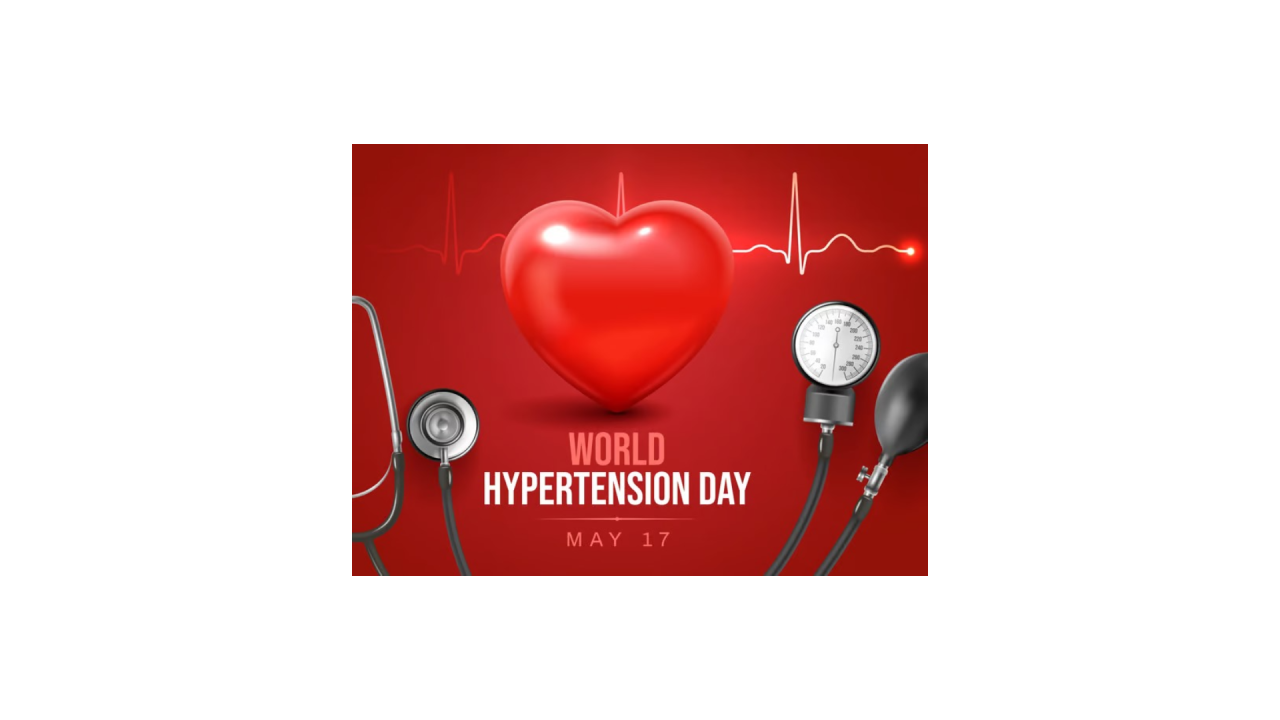Spotting the silent threat of atrial ectopics and its link to future stroke risk is crucial in understanding cardiovascular health. In this informative discussion, Dr. David Lim engages with Prof. Rukshen Weerasooriya, a renowned Sub-specialist Cardiac Electrophysiologist, shedding light on the importance of early detection and aggressive treatment strategies.
Dr. Lim emphasizes the significance of not overlooking atrial ectopic beats as always benign, urging healthcare professionals to assess the burden they impose. This assessment plays a pivotal role in predicting future atrial fibrillation (AF) and stroke risks among individuals.
“The key lies in treating underlying risk factors aggressively, even if AF hasn’t been diagnosed,”
explains Prof. Weerasooriya. By addressing these risk factors proactively, healthcare providers can potentially mitigate the progression of atrial ectopics to more serious conditions like AF and stroke.
Surveillance emerges as a critical component in managing atrial ectopics effectively. Detecting paroxysmal AF at an early stage significantly reduces the likelihood of strokes. This underscores the importance of regular monitoring and timely intervention to safeguard patient health.
“Wearable devices play a significant role in long-term detection, particularly for high-risk patients,”
notes Dr. Lim during the conversation with Prof. Weerasooriya. These devices offer continuous monitoring outside clinical settings, providing valuable insights into heart rhythm abnormalities that might otherwise go unnoticed.
The discussion between Dr. Lim and Prof. Weerasooriya highlights that raising awareness about atrial ectopics is essential for proactive healthcare management. By recognizing the subtle signs and implementing preventive measures, individuals can take charge of their cardiovascular well-being.
Overall, understanding the implications of atrial ectopics on future stroke risk underscores the need for comprehensive care strategies that prioritize early detection and targeted interventions tailored to individual patient needs.









Leave feedback about this